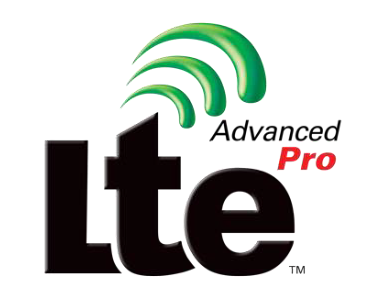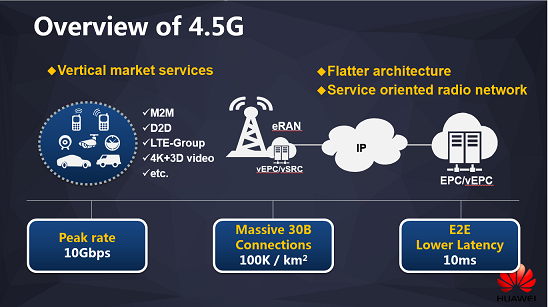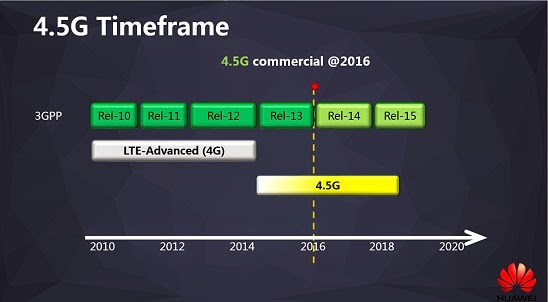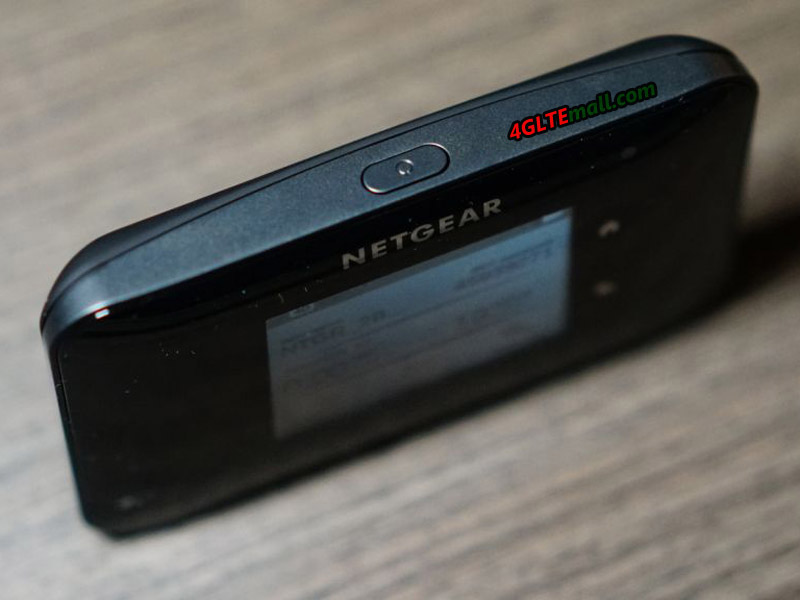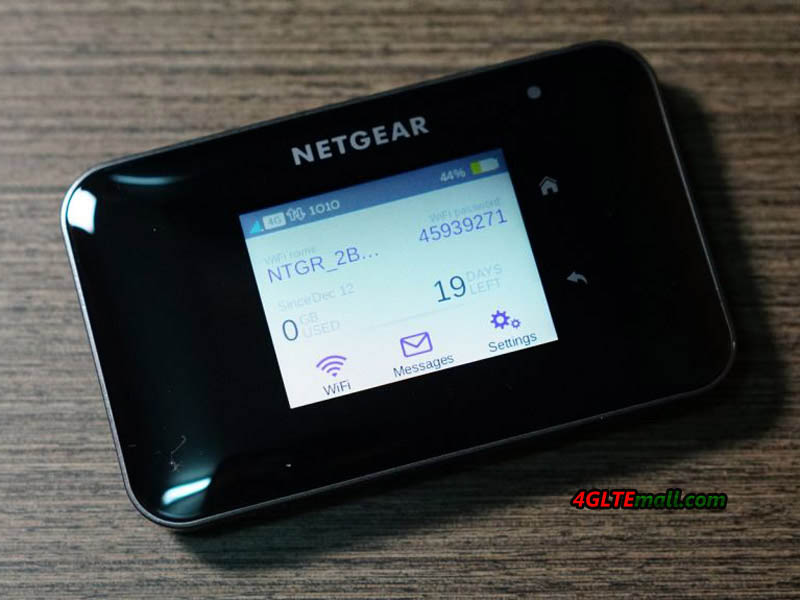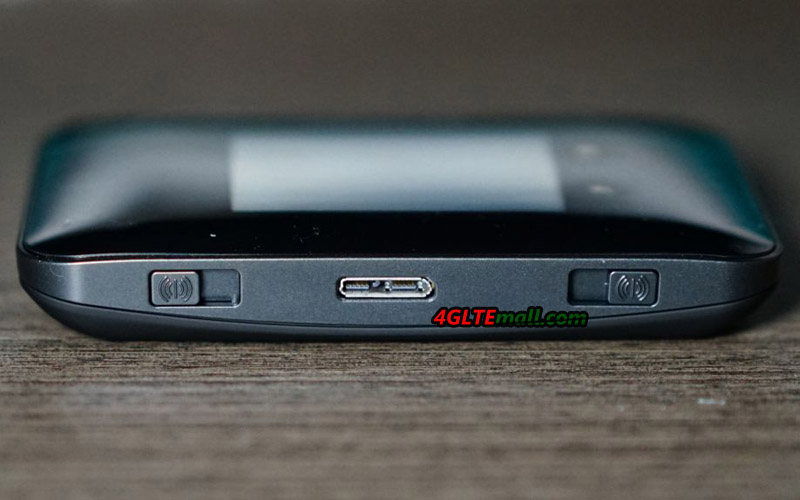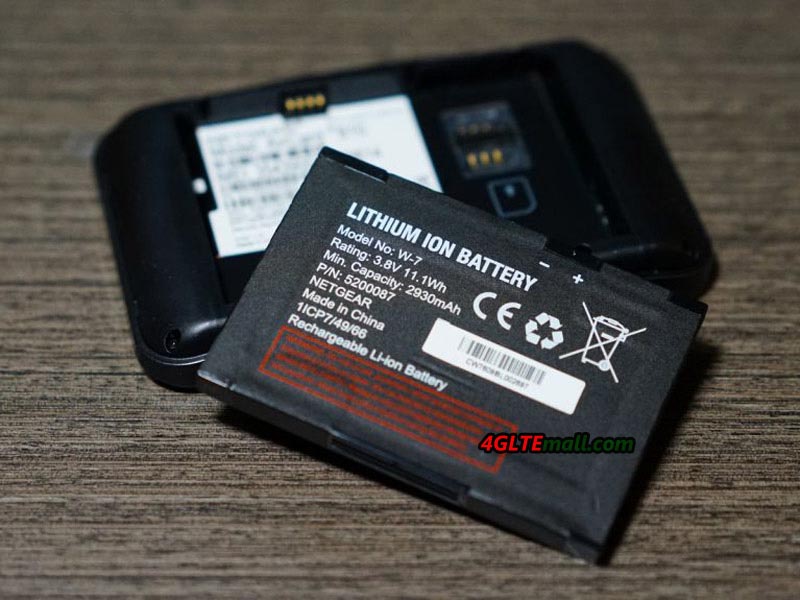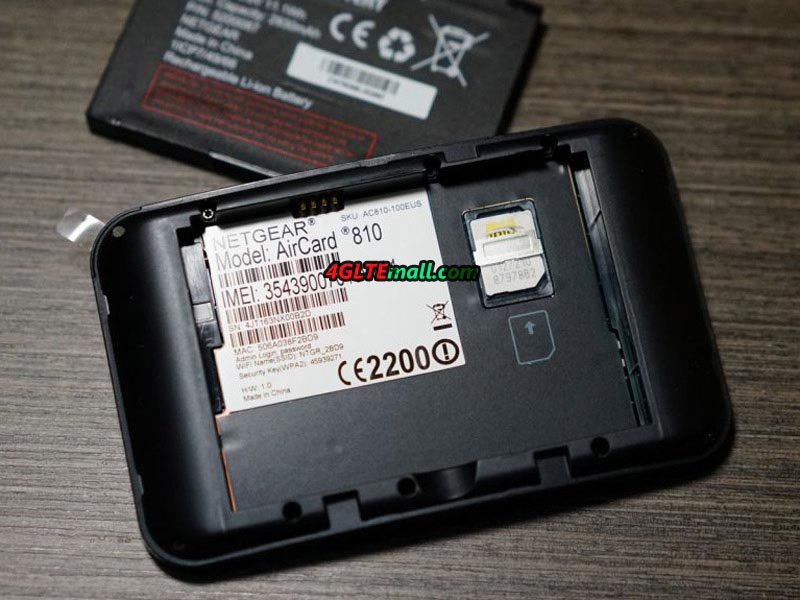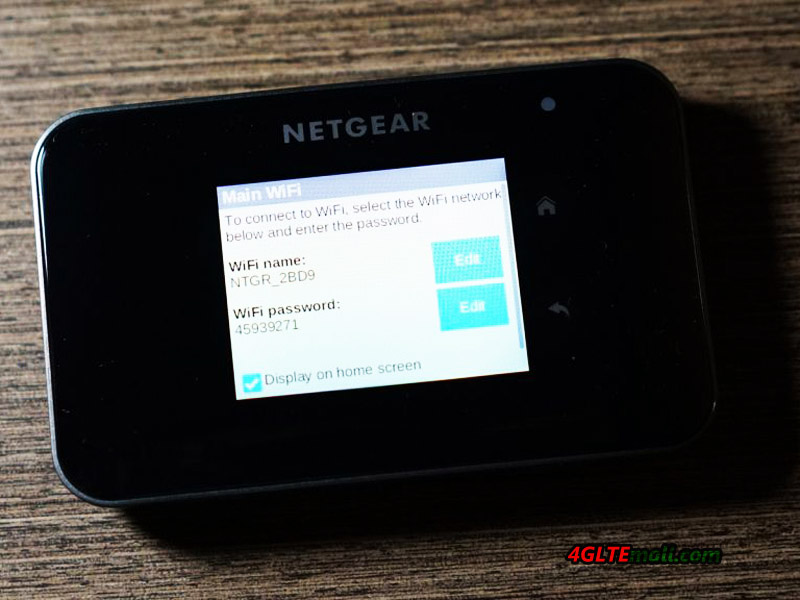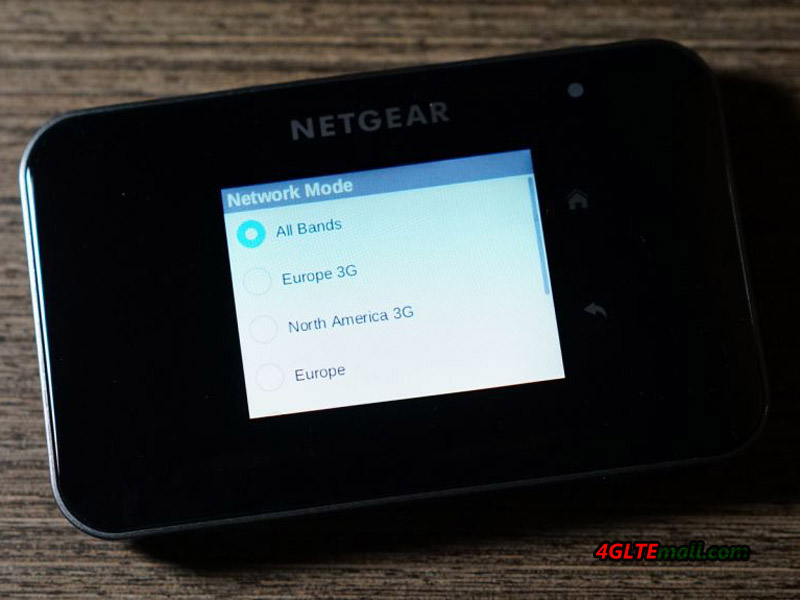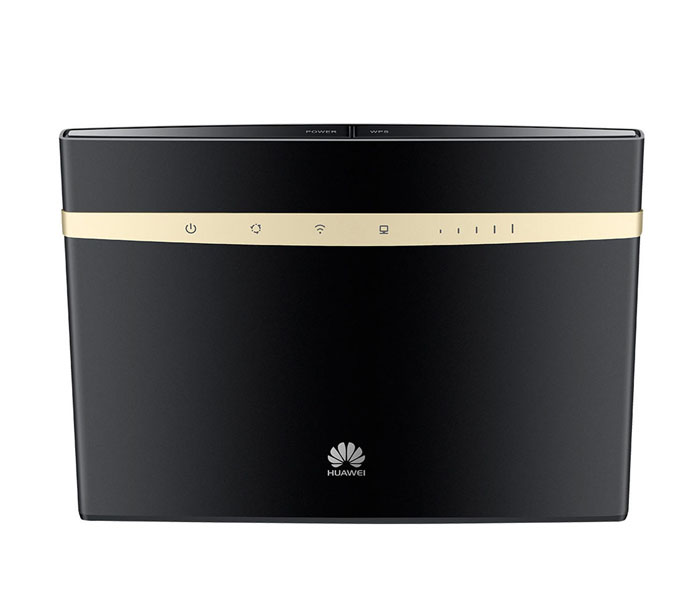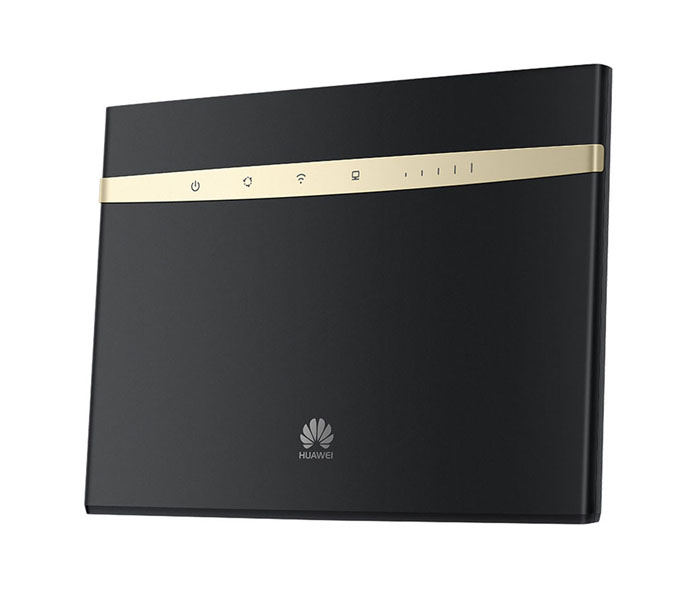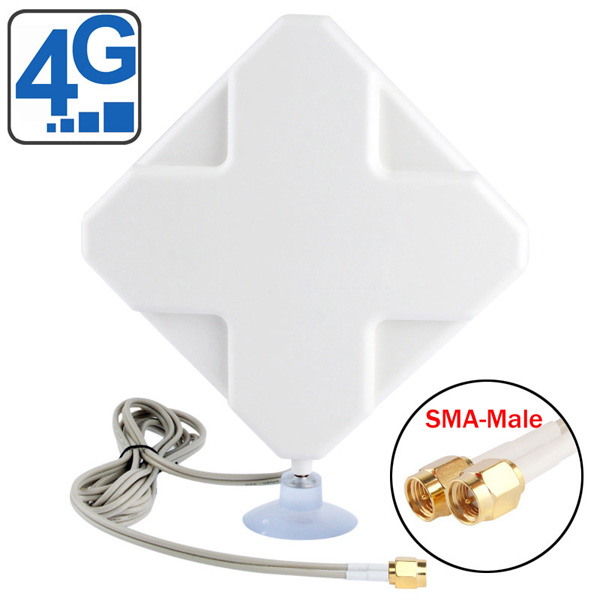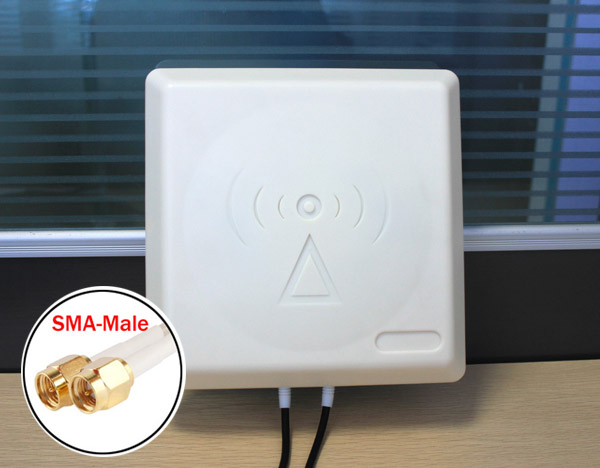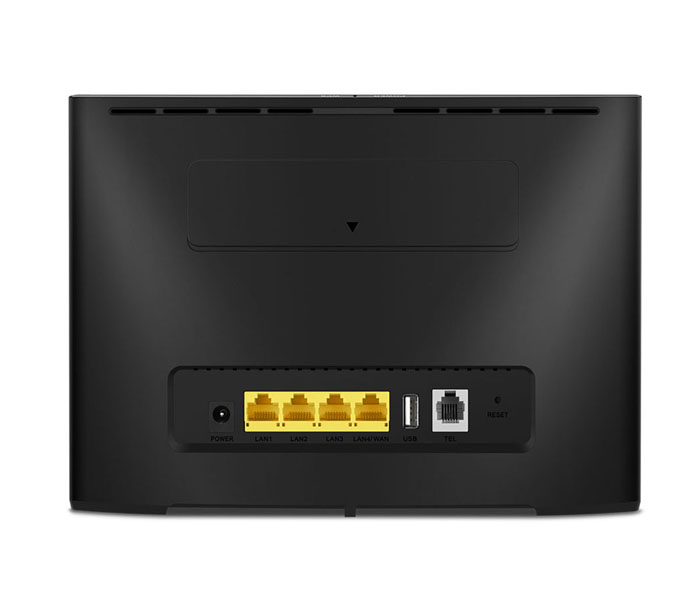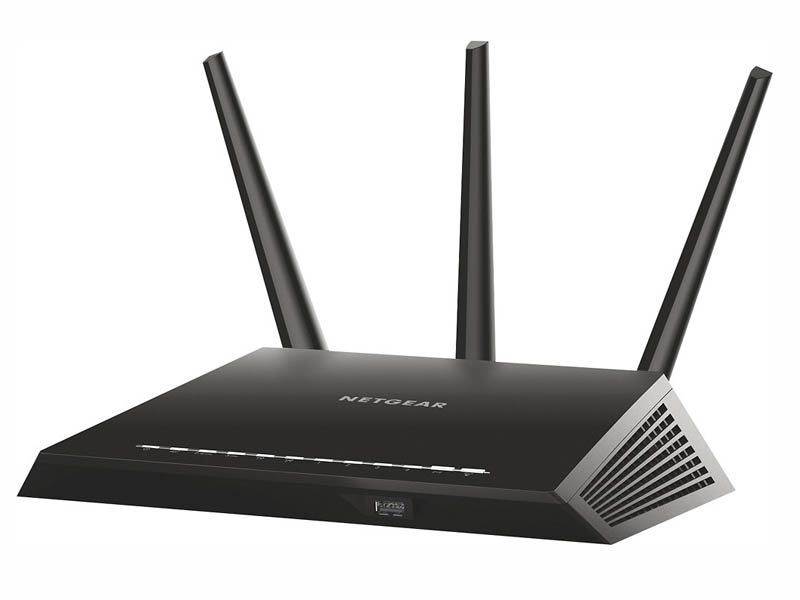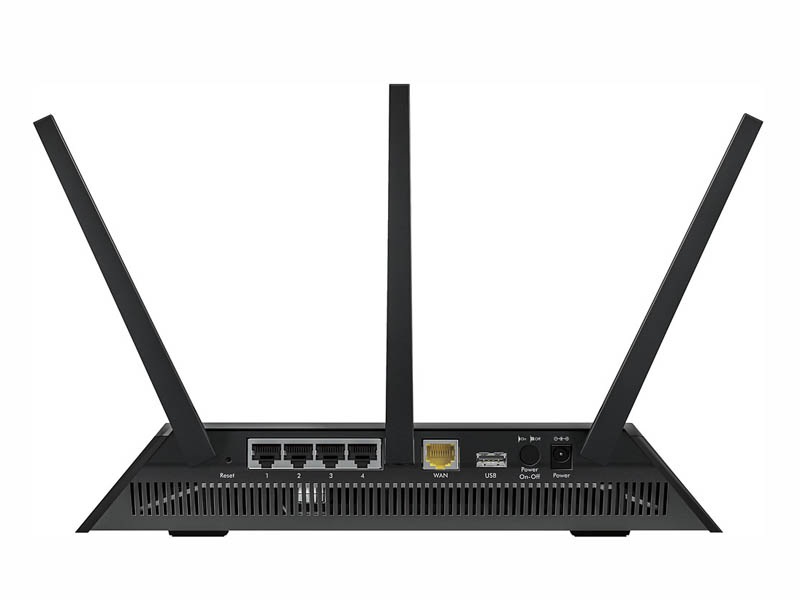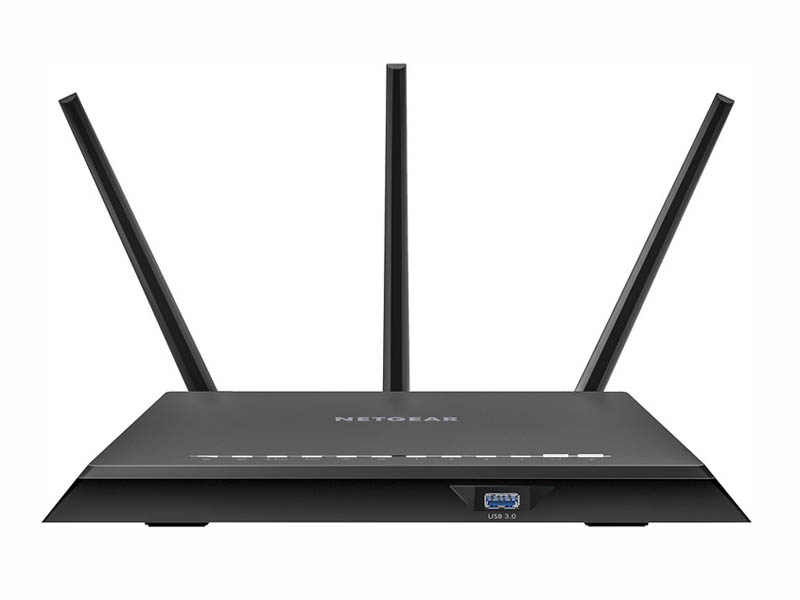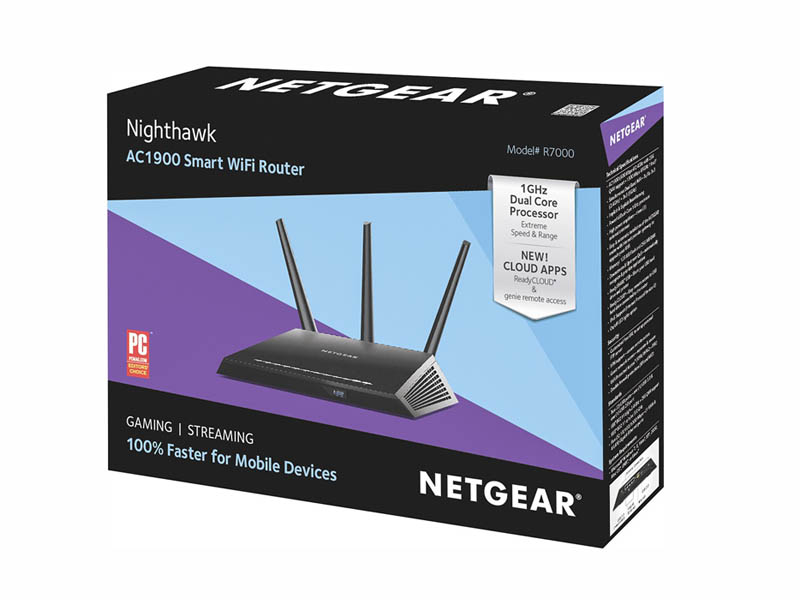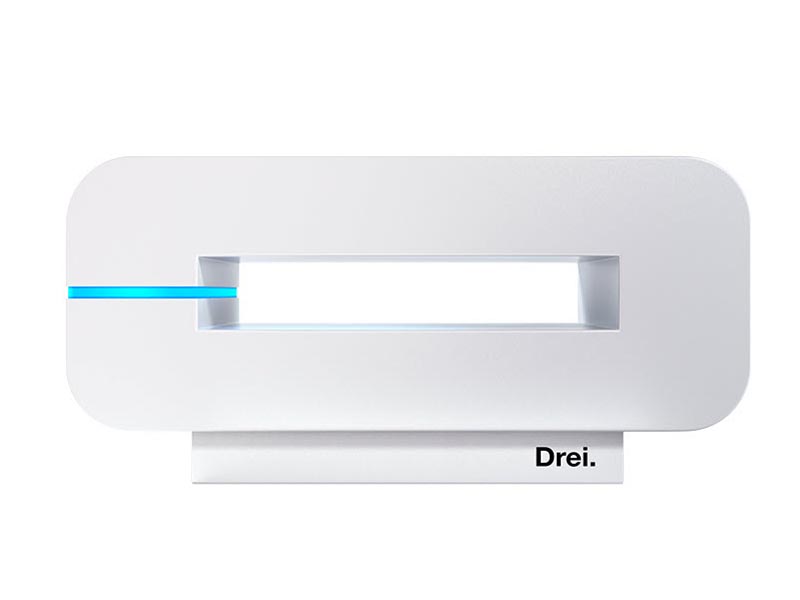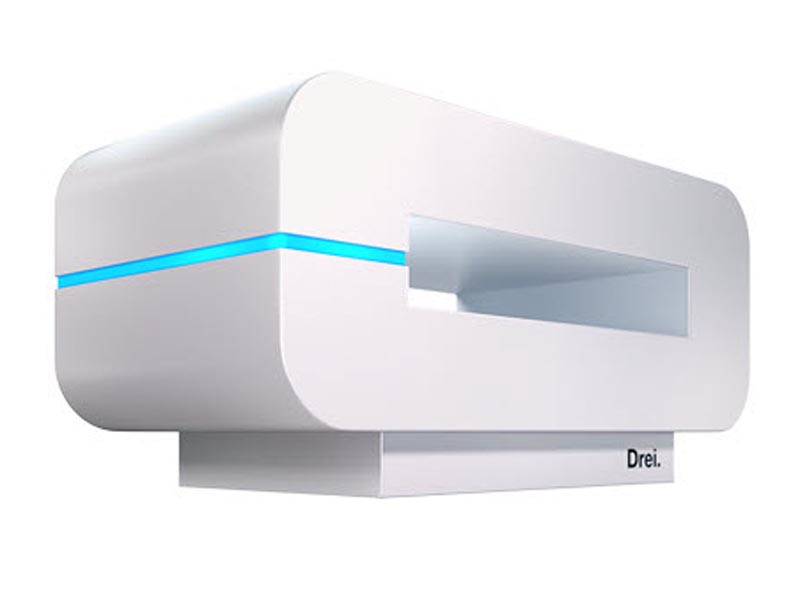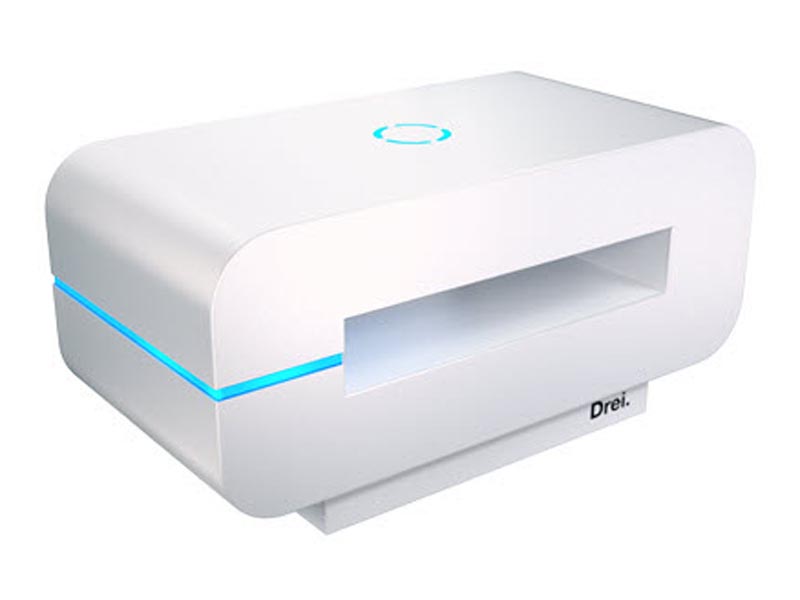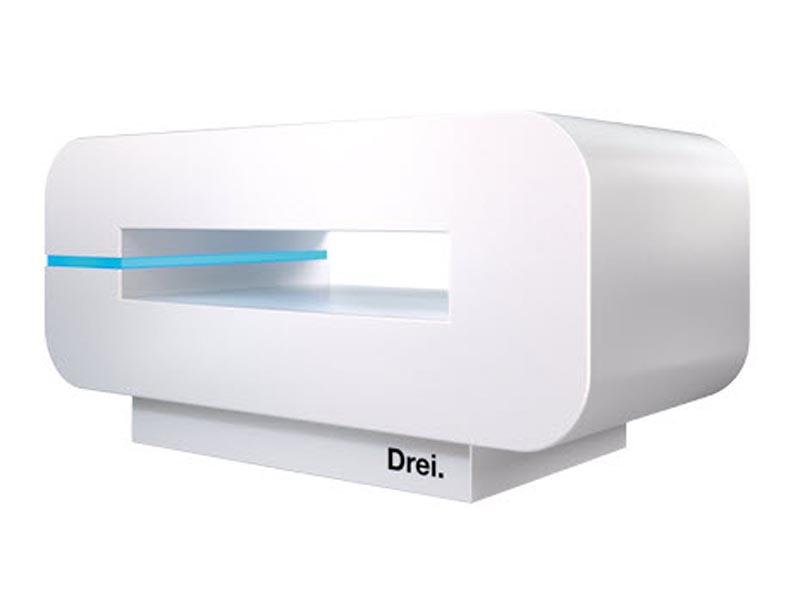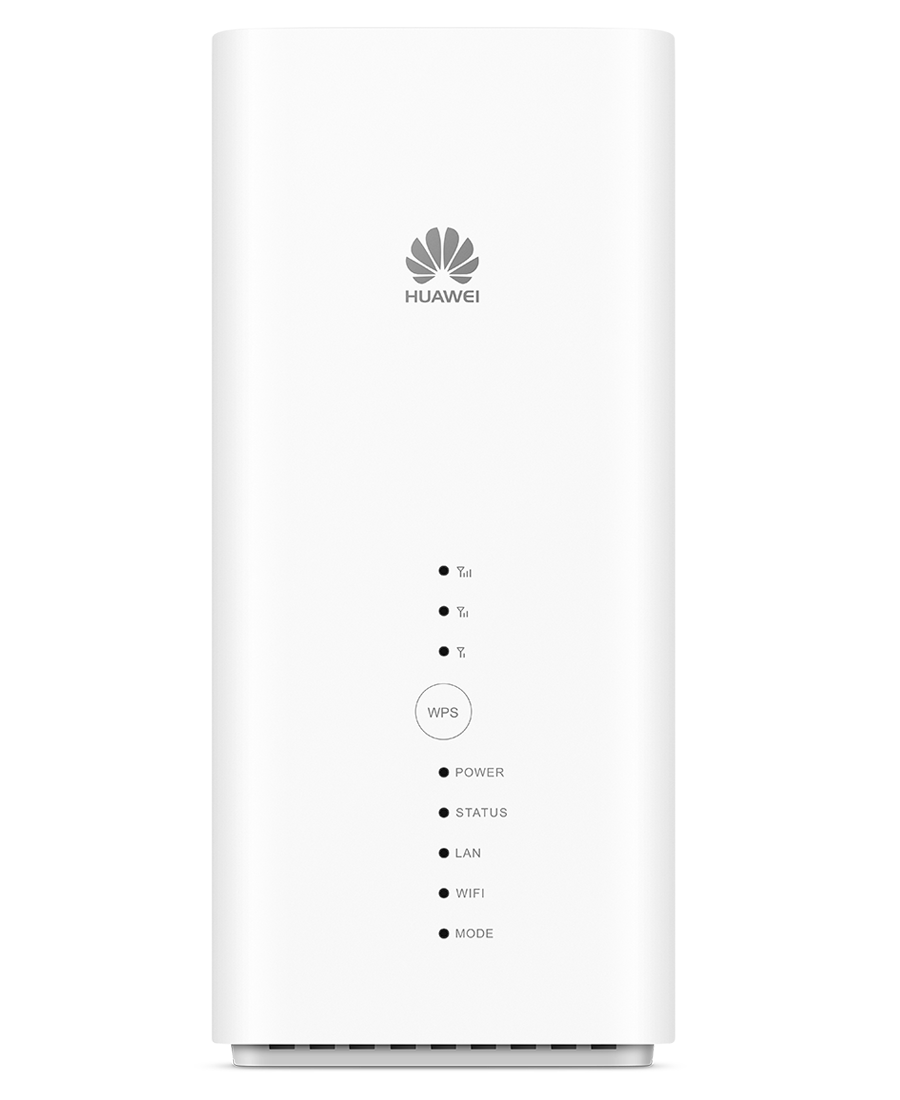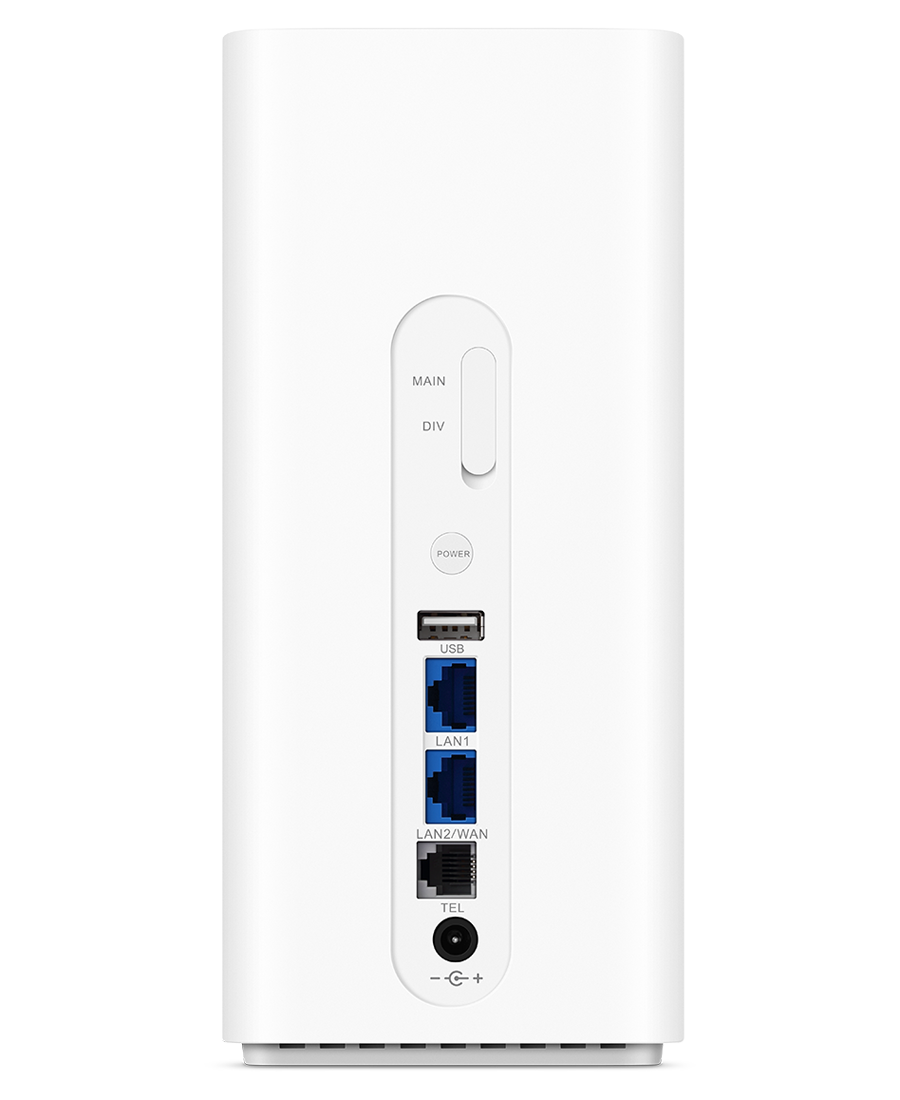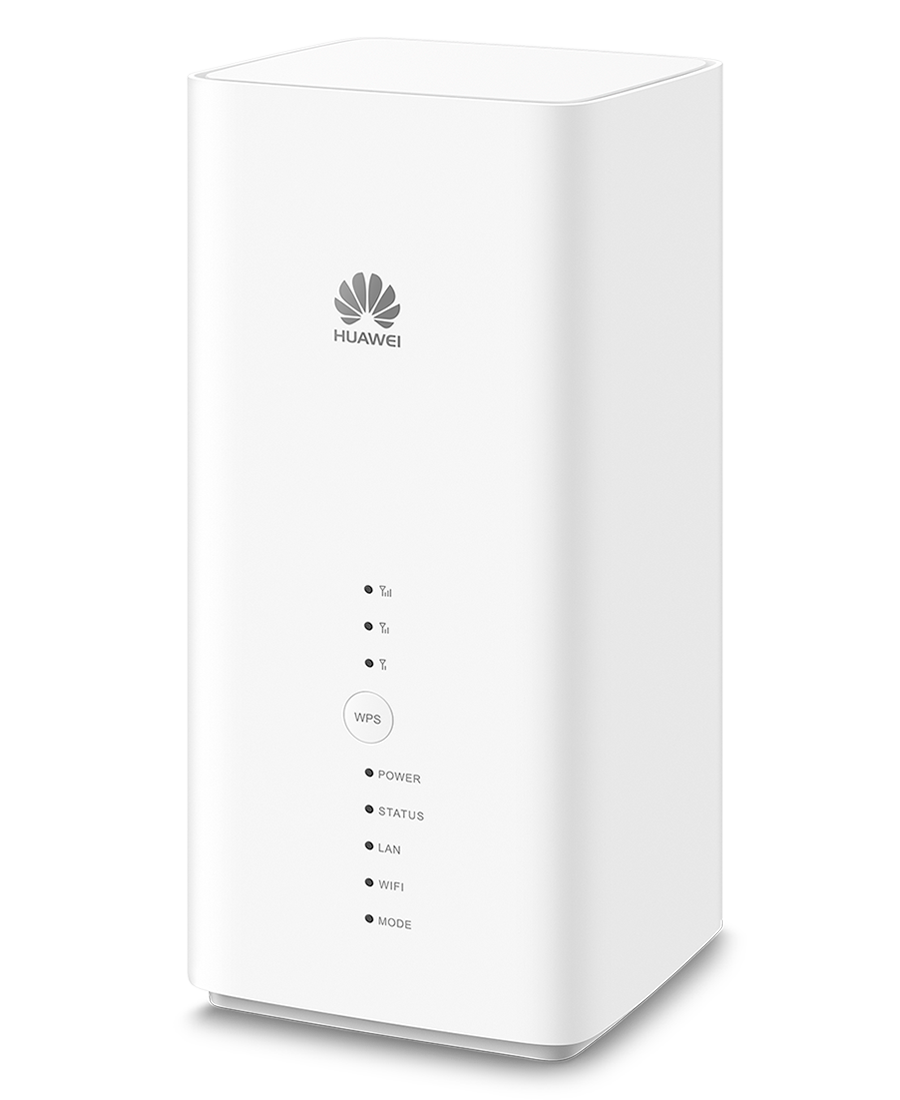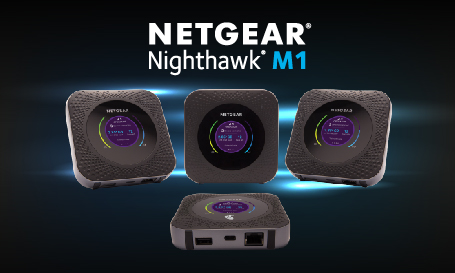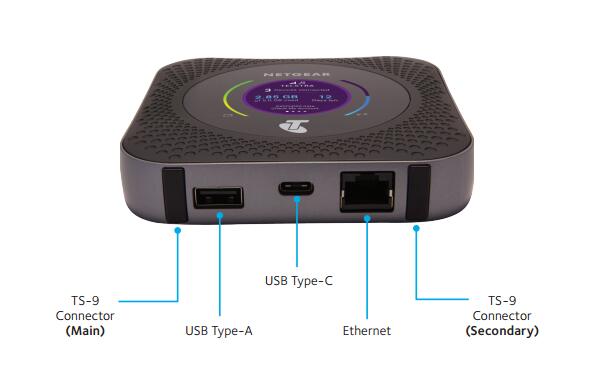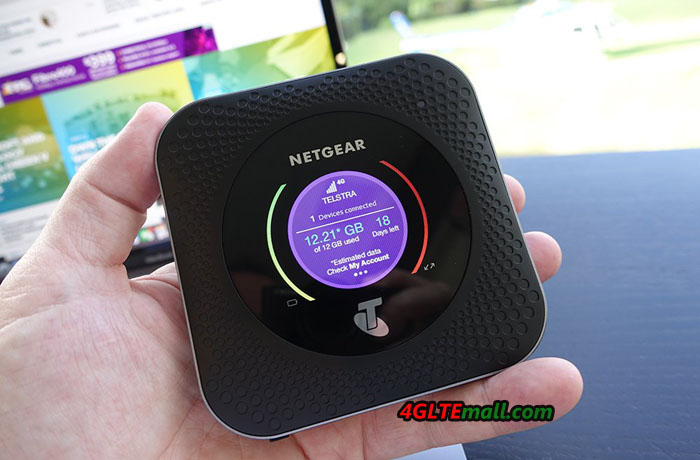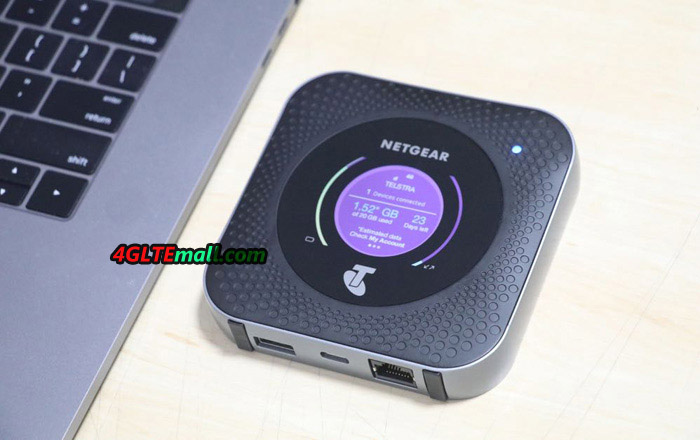Netgear AC810: a complete hotspot
Aircard 810s is a 4G mobile hotspot that works with the SIM card from a mobile operator in micro-SIM format. Compatible with category 11 for the 4G LTE, it allows download speeds up to 600 Mbps. We also note the presence of a Dual Band mode in order to benefit from better speeds. It is also compatible with 4G LTE and 3G networks throughout Europe, Middle East, Africa and Asia, as well as with 3G networks around the world. This is what you must need if you are traveling.
The case of Netgear aircard 810s is really small, yet sturdy and can be stored easily in a bag or even in a pocket.
Accessories supplied with the AC810s
Obviously, we have a removable battery that allows you to get up to 11 hours of operation and 250 hours of standby time. A USB3 cable allows recharging to USB and a USB power adapter is provided.
A cable for the Jump Boost technology allows you to charge Smartphone if it has a micro USB jack, from the battery of the AC810.
Multiple Connections
Your devices can connect to Aircard 810s thanks to the very simple creation of an 802.11 ac Wi-Fi network. By default, it already has a network name and a password, all indicated under the battery but you can simply change these parameters via the embedded menu.
Automatic management of the SIM card
If you insert a SIM card that also includes calls, SMS and MMS and not just the data as in our tests, you will be able to see SMS directly on the AC 810 via the Messages menu. We have used two SIM cards from Vodafone and Orange. The PIN code of the SIM card must be entered so that the hotspot automatically retrieves the operator parameters.
Touch screen for the AC810 hotspot
The quality of the screen is correct but do not expect the retina. Here it makes settings simple and effective. It will be noted that this one is tactile and it can managed also on a smartphone in different menus. The return and home buttons are also tactile. This is a 2.4 inch color LCD.
This screen also allows you to view the connection quality and the connection type as well as the data consumed and the number of days remaining for this quota. It’s very useful.
We tested the hotspot with an iPhone , iPad and MacBook Pro connected at the same time and did not encounter any problems. Indeed, the AC810 is capable of accommodating up to 11 devices at the same time.
Autonomy of the AC810
On the autonomy side, 100% load, we can get duration up to 11 hours but in our first tests, soliciting the flow, the autonomy was not high. In the case of a more conventional use without a systematic flow test, this autonomy should indeed be approached.
Plus, a cable is provided, allowing you to charge your Smartphone if it does not have much autonomy. This is the Jump Boost technology. Thus, we will be able to transfer power to the smartphone. Unfortunately for the owners of iPhone and iPad, it is a micro USB and non lightning connectivity.
Features of the AC810 Hotspot
We note that the menu offers access to the operator settings and that it is possible to activate a 5 Ghz Wifi mode, making it possible to obtain better transfer rates, essential with 4G at high speed. Of course, your hardware must be compatible with this Wi-Fi standard in order to get the most out of it. It is actually Wi-Fi N.
Here are the full features:
Network Technology
- 4G LTE, category 11 with 3-band carrier aggregation
- DC-HSPA+, HSPA +, HSPA
- 4G LTE
- 3G
Supported Network Bands
- 4G LTE FDD 1/3/7/8/28 (700/900/1800/2100/2600 MHz)
- 4G LTE TDD (available for some carriers)
- 3G 850/900/1900/2100 MHz
Wireless
- 802.11ac/b/g/n
- Wifi Dual Band 2.4 or 5 GHz
Required configuration
- Wifi compatible device 802.11ac/b/g/n 2.4 or 5 GHz
- Windows XP (SP3, 32/64 bit Media Center Edition), or Mac OSX 7.0 or later (Windows Vista, 32, 64, 64, 64 and 64 bits)
Physical characteristics
- Dimensions: 112 x 69 x 15.5 mm
- Weight: 132 g
- Type of SIM card: micro SIM (3FF)
- Operating autonomy: up to 11 hours
- Standby time: up to 260 hours
- Display: 2.4 “touch screen
- Two connectors for external LTE Antenna(Buy Netgear Aircard 810s Antenna)
Content
- Mobile Hotspot AirCard 810 (AC810)
- Removable lithium-ion battery (2,930 mAh)
- Cable Jump Boost
- Wall charger
- USB cable with Micro USB connector
- Quick Start Guide
We will soon propose a test in mobile use with measurements of flows carried out in several situations. If you want to know more about Netgear aircard 4G, welcome to check here: http://www.4gltemall.com/4g-wireless-router/netgear-4g-lte-router.html
